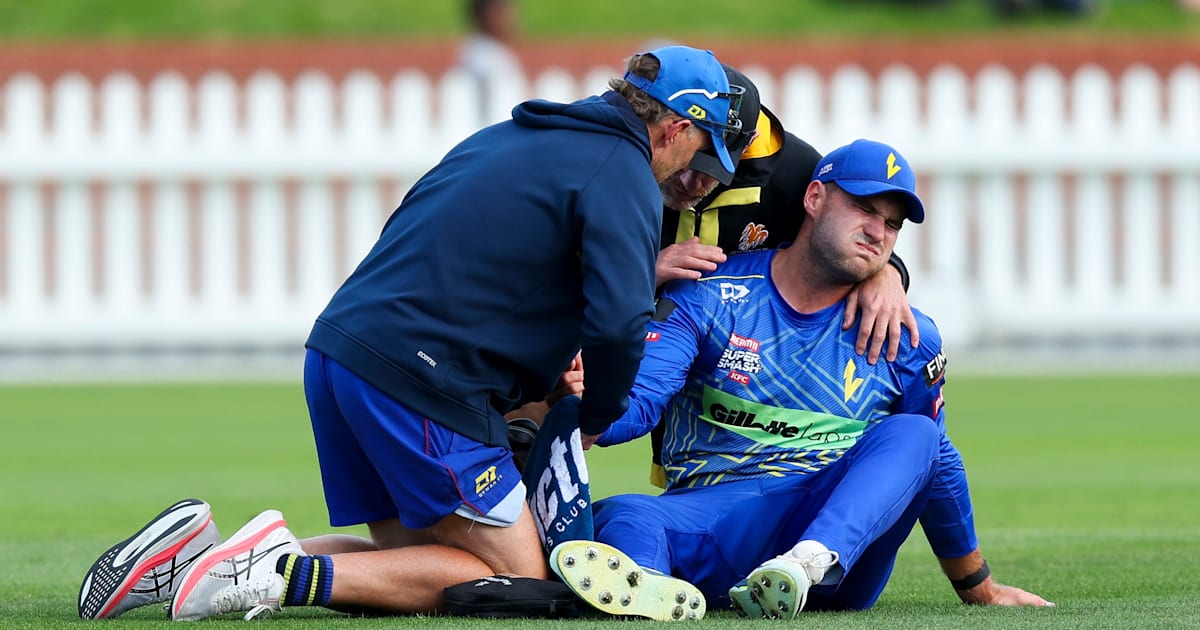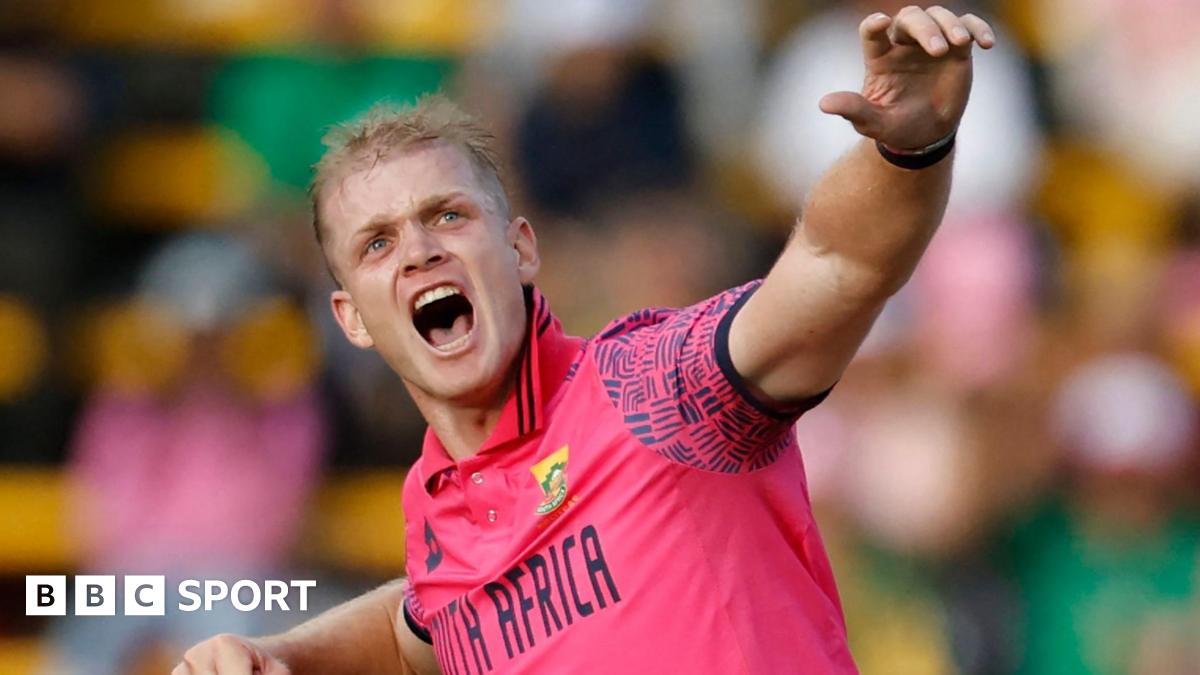Concussion substitute rule in cricket: How it works

Cricket’s approach to player safety has evolved significantly, with concussion substitutes becoming a critical element in modern regulations.
Introduced to safeguard players suffering head or neck injuries, the concussion substitute rule in cricket ensures that teams can continue with a like-for-like substitute without gaining an undue advantage.
The International Cricket Council (ICC), the global governing body of the sport, introduced the concussion substitute rule across all international formats, including T20, and First Class cricket on August 1, 2019.
What is a concussion?
Concussions are a common injury, especially in sports, and occur when a sudden impact causes the brain to move inside the skull. They are a form of mild traumatic brain injury, with varying symptoms. While most people recover without long-term effects, proper rest and medical clearance are crucial before resuming activities. Not all concussions involve loss of consciousness. Immediate evaluation is essential, as returning too soon increases the risk of further injury.
What is the concussion substitution in cricket rule?
If a player sustains a concussion or suspected concussion during a match, a replacement can be allowed under strict conditions. The injury must occur on the field and during active play. The decision to request a substitute must be based on a formal diagnosis by the team’s medical representative.
The team medical staff or manager must submit a Concussion Replacement Request to the ICC Match Referee, outlining the incident, medical assessment, and a like-for-like replacement for the injured player.
The request must be submitted as soon as possible after the incident. The ICC Match Referee is responsible for approving the replacement, ensuring it does not create an unfair advantage for the team.
Like-for-like concussion substitute
A fundamental aspect of the rule is that the substitute must be comparable to the injured player in terms of role and skillset. The match referee will assess the likely contribution of the concussed player had they continued, against the normal role of the proposed replacement.
If the referee believes the replacement would provide an unfair advantage, restrictions may be placed on their participation. For instance, if the replaced player was suspended from bowling at the time of injury, the substitute will also be prohibited from bowling.
Once approved, the substituted player takes no further part in the match, and both the original player and the replacement are recorded as having played for statistical purposes. The match referee’s decision on concussion replacements is final, with no right to appeal.
The introduction of concussion substitutes aligns cricket with other major sports that prioritise player welfare. It has been instrumental in reducing risks associated with head injuries while maintaining the competitive integrity of the game.
By striking a balance between safety and fairness, the regulation ensures that teams are not left disadvantaged due to an unforeseen medical emergency while preventing tactical exploitation of the rule.
Related
‘Listen from one ear, ignore from the other’: Former India…
India's Rohit Sharma and Mohammed Shami (AP Photo) NEW DELHI: Former wicketkeeper-batter Syed Kirmani has expressed his opinion that experienced fast bowler Mo
India faces New Zealand in budding rivalry at Champions Trophy…
State AlabamaAlaskaArizonaArkansasCa
ICC and Unilever announce landmark partnership on International Women’s Day…
The two-year partnership, kicking off at this year’s Women’s Cricket World Cup in India and running until the end of 2027, marks the world cricket governing
IPL 2025: Mumbai Indians sign Corbin Bosch as replacement for…
Mumbai Indians have signed South Africa all-rounder Corbin Bosch as a replacement for his injured countryman Lizaad Williams for this year's Indian Premier Leag











